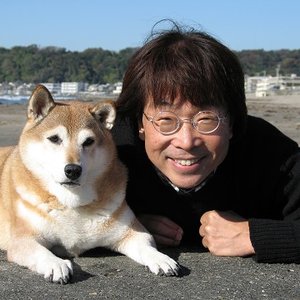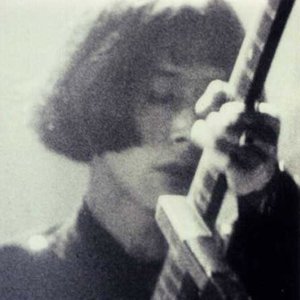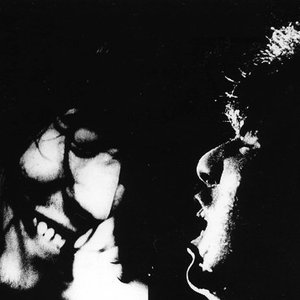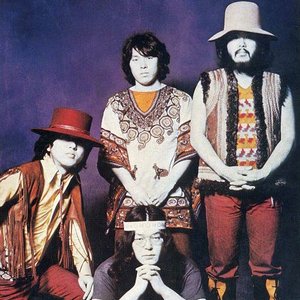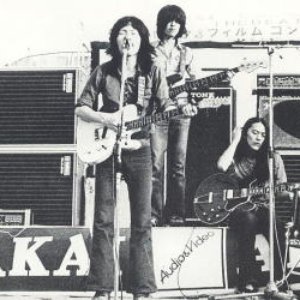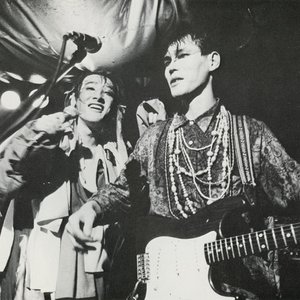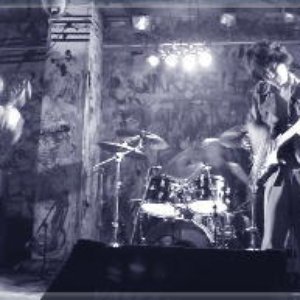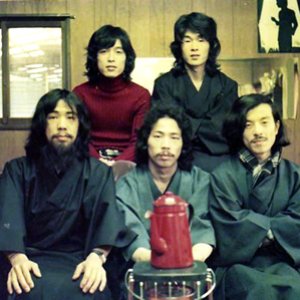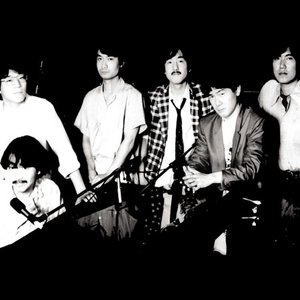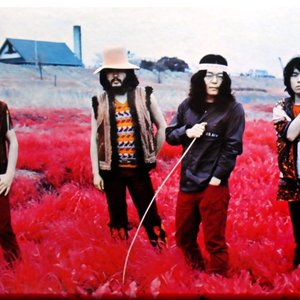Biography
-
Years Active
1965 – 1969 (4 years)
-
Founded In
Nishitōkyō, Tokyo, Japan
-
Members
- 水橋春夫 (1965 – 1969)
ジャックス - 'Jacks' have always been an outsider group in Japanese music, too original to fit under the Group Sounds moniker of the times. Their music was often slow, dramatic and morbid.
In 1965 Yoshio Hayakawa and fellow classmate Suehiro Takahashi were in a folk group called Eri Matsubara and the Folktorio Nightingale . After graduation in the summer of 1966, Hayakawa and Takahashi performed as a duo at their university with the name 'Jacks'. The following year they became a quartet with Hitoshi Tanino playing bass and Takasuke Kida on drums. Takahashi soon left the group so Haruo Mizuhashi joined on lead guitar. Each member would make major contributions to Jacks unique melange of styles:
Yoshio Hayakawa (早川義夫) – vocals, rhythm guitar - Hayakaya's singing is always expressive and often distraught with emotion; I would guess his vocal style (and lyrical subject matter) owes more to Japanese enka ballads than 'folk'.
Haruo Mizuhashi (水橋春夫) – lead guitar, vocals - Haruo Mizuhashi definitely plugged into the sounds coming from California in 1967, especially Barry Melton's playing on Country Joe and the Fish's first LP Electric Music for the Mind and Body. He makes good use of contrasting delicate passages with discordant stabs of solos and riffs.
Hitoshi Tanino (谷野ひとし) – Fender bass, upright bass - Tanino's bass playing is original and solid and he was their second most active songwriter after Hayakawa.
Takasuke Kida (木田高介) – drums, flute, vibraphone, tenor saxophone - Takasuke Kida's jazz-influenced drumming gives a special fury to the songs with wild fills and orchestral effects.
They made at least three appearances on NHK network's radio show Folk Village, including February and June of 1967 and January of 1968. Seven songs from these shows survive on the LP Echoes in the Radio released in 1986, but I haven't heard this yet. All these songs would be revisited by the band for studio recordings in the next year.
In the summer of 1967, they did well in a contest sponsored by Yamaha. Whether through attention from the radio show, the Yamaha contest or some other source, they were hired for the soundtrack of Koji Wakamatsu's film Harakashi Onna (A Womb for Let), a film unavailable on DVD in the U.S. to my knowledge.
In one long session at Meguro Studio on February 3, 1968 they cut twenty tracks for the film. Most of these were released on two LPs released in 1986, Realization and Remains but the complete session is now on CD, Selected Masterpieces by Koji Wakamatsu film music series: Harakashi Onna.
A number of these songs would be re-cut for later single and LP releases: "Marianne" (マリアンヌ), "Gloomy Flower" (裏切りの季節), and "In the Broken Mirror" (われた鏡の中から). "Dm 4-50" would be revisited on the Super Session LP in much abridged form - here the band stretches out with a long solo passage and slower pace.
"Omae wa Hinagiku" (お前はひな菊), "Gone My Yumiko" (由美子はいない) and "Jijoku No Kisetsu" (地獄の季節) would not be revisited in the studio, but each was a feature of their live and radio shows.
"Vacant World" (からっぽの世界 / Karappo no Sekai) is present, but only as an airy instrumental. Instrumentals take up half the session. "Teki Wa Toku Ni" (敵は遠くに) is slow and has a bleating saxophone throughout. "Umi to Onnanoko" (海と女の子) is also a slow instrumental, but nicely atmospheric. In addition there are six instrumentals written by Haruo Mizuhashi, of which "M-19" is one of the best.
Artist descriptions on Last.fm are editable by everyone. Feel free to contribute!
All user-contributed text on this page is available under the Creative Commons Attribution-ShareAlike License; additional terms may apply.

